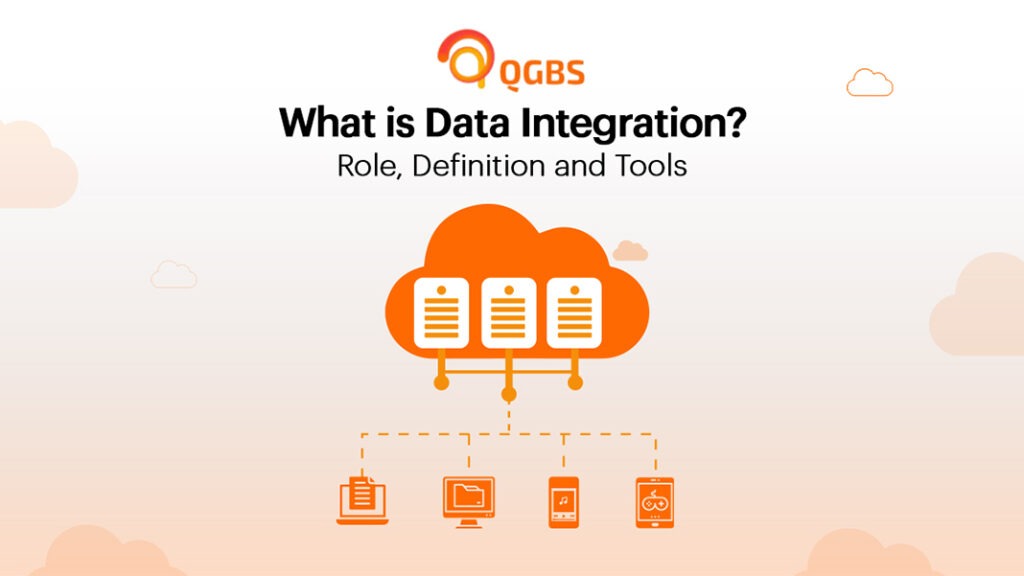
Do you actually have any idea what data integration is & which data integration tools are used by experienced professionals to make the work consistent?
Well, then there is no need to get stressed, as we came up with this informative as well as helpful piece. This will help you explore the definition, role, and tools of data integration, offering insights into its importance and implementation.
So, let’s get started by knowing, what will be covered in this post:
Table of Contents
This is mainly defined as the process of creating a unified view of data that is even residing in different systems, applications, cloud platforms, & sources. It is essential for businesses that need to analyze large volumes of data from various origins to make informed decisions.
For better understanding, let’s have a look at the role of data integration for more ease:
Enhancing Decision-Making
This process of integration plays a pivotal role in decision-making by providing a comprehensive view of an organization’s data. So, while making any decision, everyone should ensure that they have access to accurate & complete information. It’s because this will enable them to make better and more informed decisions, which they will not regret at any point.
Improving Data Quality
The process is performed because this will help everyone consolidate the data from unique sources & further result in rectifying as well as identifying them. Not only this, the process will help in rectifying these inconsistencies & errors, thereby improving the overall quality of the data.
Increasing Operational Efficiency
Integrating data across various systems & sources will streamline operations & reduce redundancy. So, people should take advantage of this process and experience increased efficiency. Not only this, it enables seamless data flow between different departments, which further reduces delays & enhances productivity.
Now, after getting familiar with the role of data integration, let’s learn about it’s definition. So that, during the implementation process, we don’t miss anything & perform our task conveniently:
Well, there are many different processes involved in this, but a few are important as well as crucial, like:
These concepts are important to be known by all because they are the foundation for understanding how data integration works.
With this, there are different types of data integration that need to be known by all, including:
Manual Data Integration: This type involves the manual collection & combining of data from different available sources.
Middleware Data Integration: This is another type that uses middleware to connect to different systems & further facilitate data exchange.
Application Based Data Integration: In this, the integration of data is done at the application level, which is often performed through APIs.
Uniform Data Access: This one provides a uniform interface to access data from different sources without even moving the data from it’s original location.
Common Data Storage: In this, the involvement of consolidating data is there, which sends everything into a single repository, such as a data warehouse.
Here is the list of tools through which everyone will get to know, how tools will perform their functions:
These are ETL (Extract, Transform, Load) tools, which are made to take data out of different sources and change it into a format that works for loading into the intended system. With this, a very few ETL data integration tools are used, like:
Data Warehousing Tools
These are the tools that are used to enable organizations to consolidate their data from various sources & collect it into a single repository. For this, there are notable tools that can be seen, including:
API Integration Tools
These are the ones that facilitate the connection between software systems through the help of APIs. And this integration or connection further enables the data exchange. This can even be done with other leading tools, like:
The information significantly gives everyone the idea that data integration is a vital process for organizations that are looking to leverage their data efficiency. Apart from this, there is much more you should know, & if you are interested in learning about that, embrace the best practices that will help you overcome challenges and, as a result, make you successful.